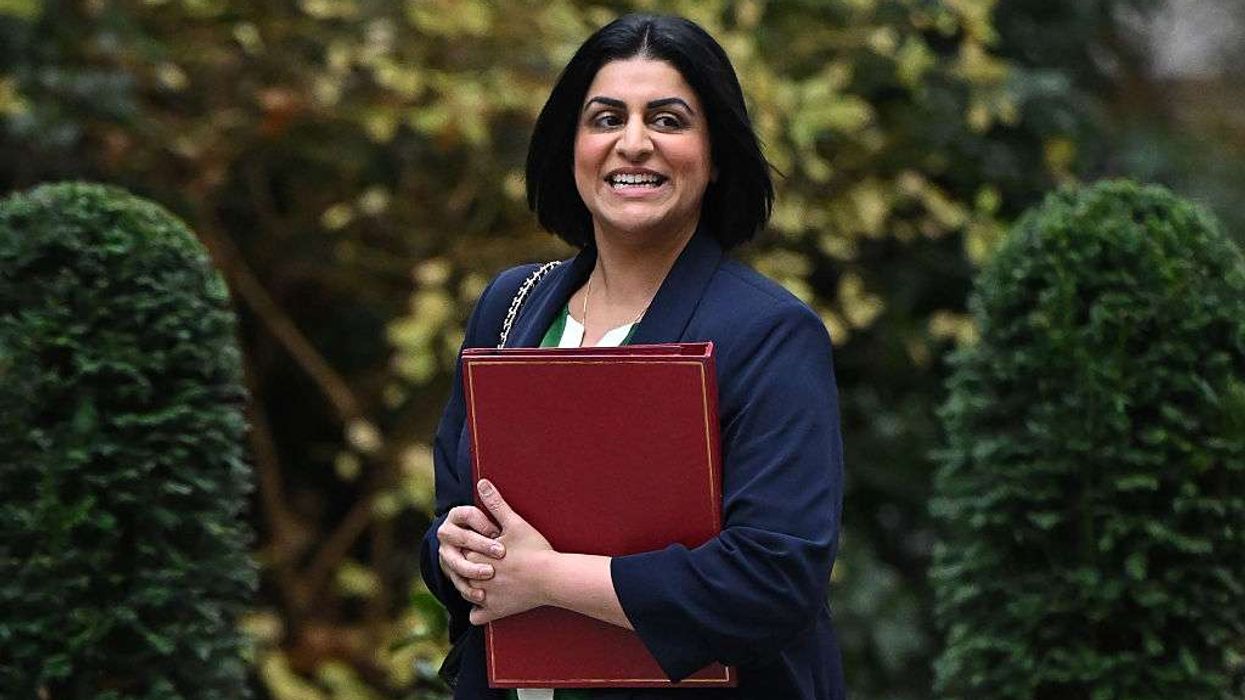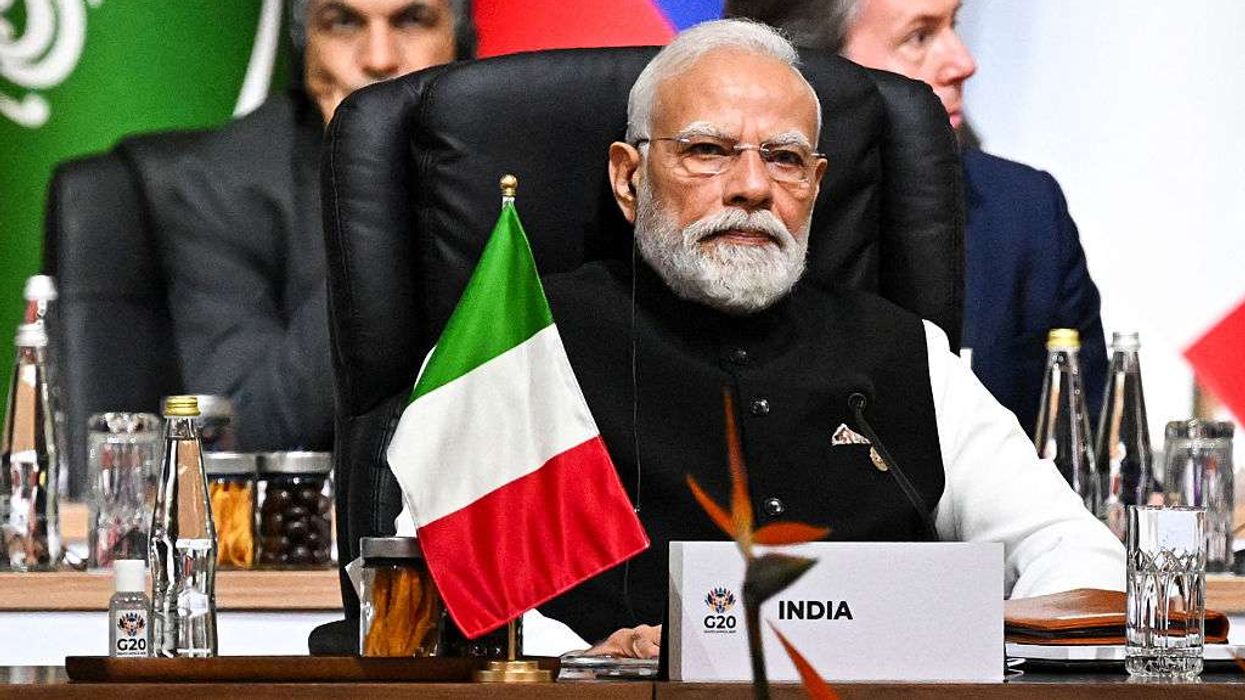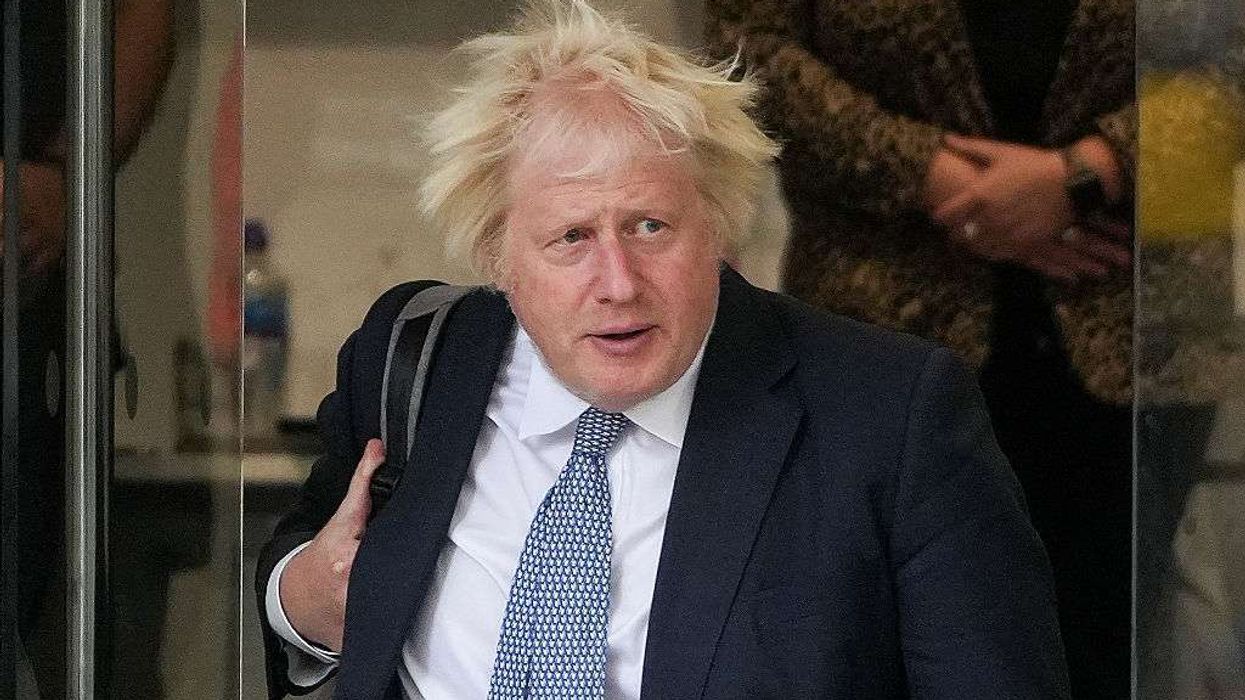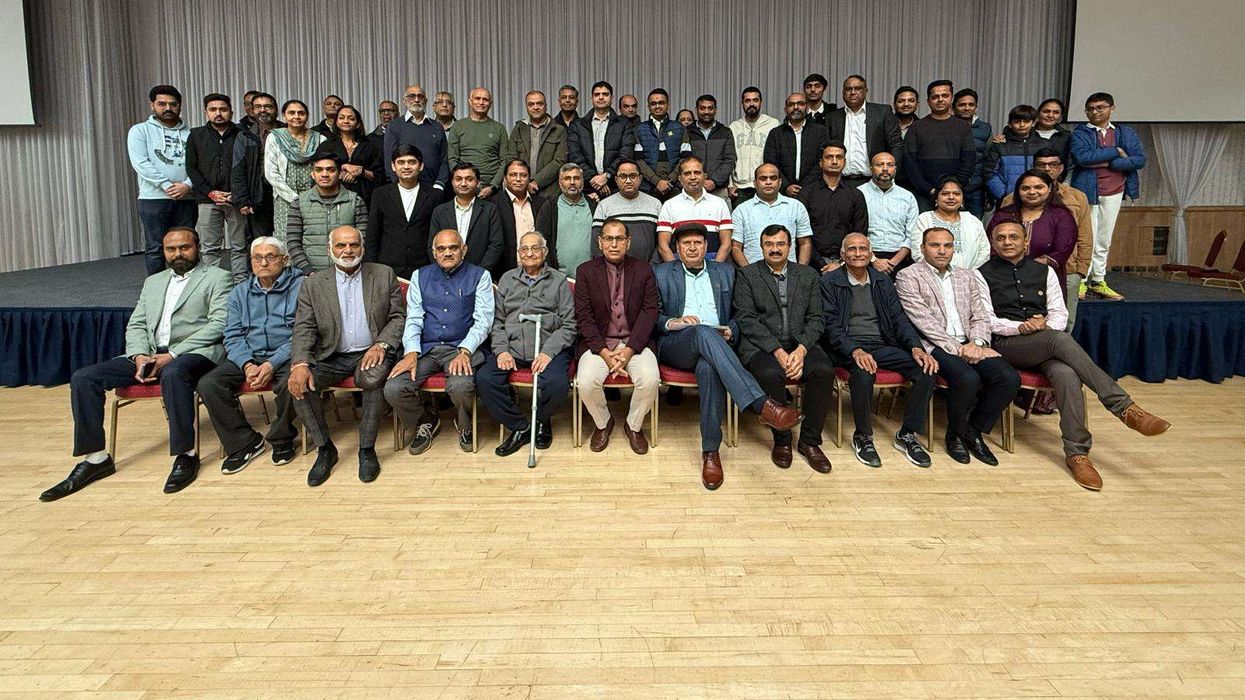RUSSIAN president Vladimir Putin met Indian prime minister Narendra Modi for talks on investment and trade Wednesday (4), as the Kremlin chief played host to Asian leaders in the country's Far East.
Putin and Modi toured a naval shipyard after the Indian leader arrived for Russia's three-day Eastern Economic Forum.
Russia has hosted the meeting in its Pacific coast city of Vladivostok since 2015 to boost partnerships with Asian countries amid tensions with the West.
Japanese prime minister Shinzo Abe was also to attend, along with Mongolian president Khaltmaa Battulga and Malyasian Prime Minister Mahathir Mohamad.
But Putin was spending most of his time on Wednesday with Modi, who highlighted his close ties with the Russian leader in an interview ahead of the forum.
"Our relationship has special chemistry, special ease," Modi told newspaper Rossiyskaya Gazeta.
"With each meeting with president Putin, we get closer and our relationship grows."
Modi pointed out that mutual ties also extend to nature, as every year "Siberian cranes migrate to my home state Gujarat". The Indian leader said he also planned to discuss tiger conservation with Putin, a lover of big cats.
After shaking hands warmly on Modi's arrival, the two men boarded a Russian navy patrol ship and headed to the Zvezda shipyard about 40 kilometres (25 miles) across a bay from Vladivostok.
India is a key client for Russia's arms industry and Moscow will be looking to make progress on new deals during the talks.
Ahead of the visit, Kremlin foreign policy aide Yury Ushakov said "increasing mutual investments" and "energy cooperation" would be high on the agenda.
Trade between the two countries amounted to approximately $11 billion in 2018.
Moscow and Delhi are also looking at "opportunities to explore hydrocarbons on the continental shelf in the Arctic and the Russian Far East" together, Ushakov said.
Russia and India in 2015 signed a $1 billion agreement to jointly make Kamov Ka-226 military helicopters, part of the "Make in India" initiative to encourage foreign companies to manufacture their products there. But the deal has been pushed back repeatedly.
A major global arms importer looking to modernise its armed forces, India is keen to produce more on its own soil, and in March launched a joint venture with Russia to manufacture AK-203 assault rifles.
Rostec, the umbrella corporation that controls Kamov, is "hopeful" that the summit can kickstart the helicopter project, its director for international cooperation, Viktor Kladov, said last week.
"A major push will be made, definitely," he said.
"All technical and commercial talks are finished," Kladov said.
India last year purchased the Russian S-400 advanced air defence systems for over $5bn, with deliveries to be made by 2023, defying US warnings of sanctions on countries buying Russian arms.
(AFP)












